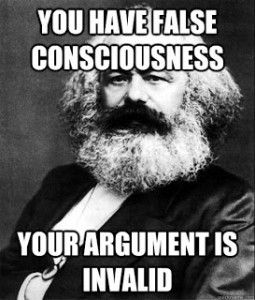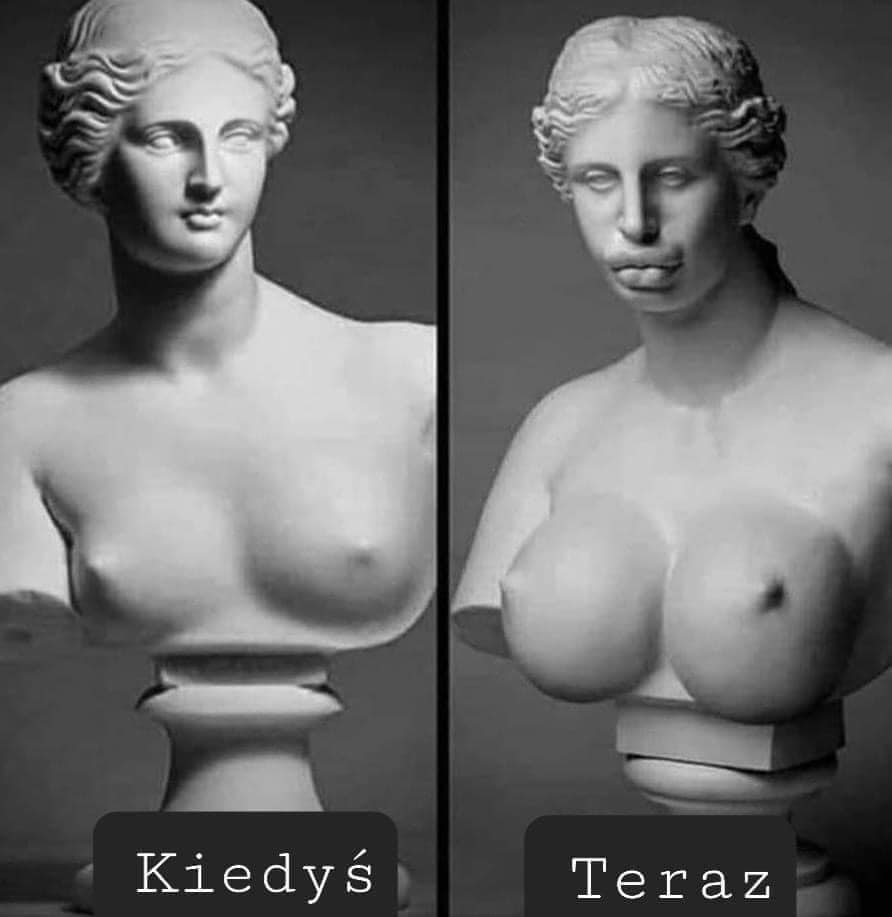Chciałabym żeby jakiś szwedzki polityk zapowiedział wprowadzenie polityki zdrowego rozsądku: że są dwie płcie, że w karierze nie kolor skóry lub płeć tylko zasługi są decydujące, że najlepiej nie zaczynać wojen, że nielegalnych imigrantów należy usunąć i przywrócić bezpieczeństwo obywatelom, że histerię klimatyczną trzeba ostudzić i pozwolić kupować obywatelom takie samochody jakie chcą a nie tylko elektryczne, że państwowe instytucje nie mają prawa cenzurować obywateli, że nie mają prawa zmuszać obywateli do poddawania się terapiom medycznym.
Nic kontrowersyjnego w przywróceniu wolności obywatelskich, ale tego nie chcą zauważyć media, bo te słowa wypowiedział pomarańczowy facet, a on jest przecież kontrowersyjny. Ale to właśnie on inspiruje swój naród do zdobywania innych planet. Nasi przywódcy unijni inspirują nas do ambitnych zakrętek.

Odchodzący prezydent w ostatniej chwili dokonał ułaskawienia Anthony Fauci za jego czyny od 2014 roku. Co on takiego zrobił wtedy?

























